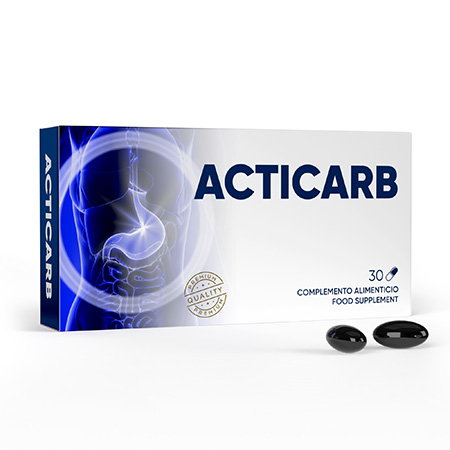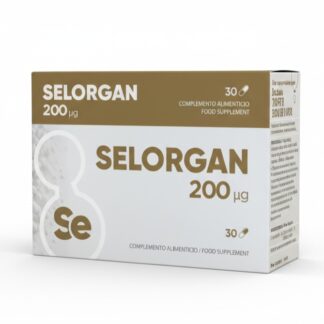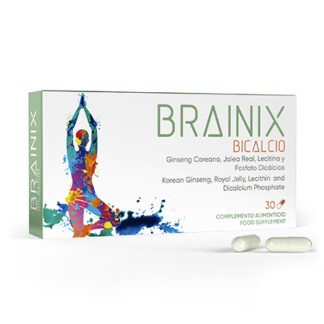Description
Information about MARNYS ACTICARB, 60 capsules
ACTICARB is a food supplement in capsules containing activated charcoal, aniseed, and peppermint. Peppermint contributes to normal gastrointestinal function (EFSA ON HOLD 2092, 2696, 2698).
Properties of the ingredients of ACTICARB
ACTICARB and its ingredients facilitate digestion by:
Peppermint
Peppermint (Mentha piperita) contributes to normal gastrointestinal function and helps with indigestion, spasms and flatulence (EFSA ON HOLD 2092, 2696, 2698; EMA Monographs). The main volatile components identified in peppermint essential oil are menthol and menthone, which in ACTICARB are rated at 40-45% and 14-32%, respectively.
Active Charcoal
The Active Charcoal in ACTICARB is of vegetable origin and pure, with a high gas adsorption power.
Aniseed
Aniseed (Illicium verum) is an herbaceous plant with a long history of use for its health-promoting properties as a flavouring and digestive. The anise essence in ACTICARB is rated with a minimum content of 87% trans-anethole, its most important bioactive.
For whom is ACTICARB recommended
ACTICARB is an ideal supplement for people who want to improve normal gastrointestinal function, relieving excess gas, especially after large meals, excess fat intake, poor digestion, among others.
✓ Gluten-free.
✓ The presence of peppermint promotes good breath.
INGREDIENTS:
Soya bean oil, activated charcoal, anise essence, mint essence, hydrogenated soya bean oil, beeswax and soya lecithin.
Capsule shell composition: gelatin, glycerin and water.
ALLERGEN: contains soya bean
| ACTIVE INGREDIENTS | PER CAPSULE |
| Activated Charcoal | 145 mg |
| Essence of Anise | 50 mg |
| Mint Essence | 40 mg |
ADDITIONAL INFORMATION:
· Food supplements should not be used as a substitute for a balanced nutrition.
· It is recommended to keep a varied and balanced diet and healthy lifestyle.
· Do not exceed the recommended daily dose.
· Keep away from children.
· Do not store at a temperatures above 30ºC.
HOW TO USE:
3-5 capsules, 2 times a day (after meals).
TO KNOW MORE
What is intestinal gas
Gases are part of the process of digesting the food we eat. The physical and chemical processes of digestion lead to the generation of gas. The first part of digestion takes place in the stomach, when we swallow – normally or involuntarily – the ambient air, including swallowing saliva. The second part of digestion takes place in the large intestine where the bacterial flora produces chemical reactions that cause gas.
Activated charcoal and gas adsorption
Adsorption is the process by which a porous solid (at the microscopic level) is able to retain gas particles on its surface after coming into contact with it.
The adsorbent has active centres, which allow gas molecules to settle on its surface.
Activated charcoal has a high gas adsorption (retention) power.
Obtaining activated charcoal
Activated carbon or activated charcoal is produced by a carbonisation process and high-performance adsorption capacity (in order to retain as many gases as possible). The basic material used is pre-carbonised coconut shells, and consists of the following processes:
- Activation in a rotary kiln at 1000 °C. After 80 hours, it is cooled in a water-cooled screw. This process increases the adsorption capacity.
- The material is purified and dried according to a strict analytical control GMP certified.
- The material is sprayed and homogenised, improving the contact surface for adsorption.
- The material is conditioned for packaging.
Causes of excess gas
If you suffer from discomfort due to high levels of intestinal gas, you can start by modifying your diet to include low-fat and low carbohydrate foods and avoid foods that may cause gas.
In general, the foods that produce the most gas in the digestive system are certain legumes such as beans, vegetables such as cabbage, cauliflower, Brussels sprouts, lettuce, cabbage, etc. As well as carbonated or fizzy drinks. Smoking can also lead to gas formation by inhaling and swallowing air at the same time as smoke.
How to deal with excess gas
It is recommended to drink plenty of water during the day, to eat slowly, chewing food well before swallowing, and not to talk while eating.
Activated charcoal or herbs such as peppermint or aniseed can also make it easier to expel excess gas. Of course, exercise will also help if you have a lot of gas, for example, taking a short walk after meals.
If gas or bloating persists for several days, if it becomes severe, or if the gas does not pass naturally, it is important to see a doctor.
Holding in the gas
When we hold in gas, classic signs of gas retention can appear, such as abdominal distension or bloating, abdominal discomfort, and spasmodic contractions.
The intestinal discomfort that some people experience is not due to an increase in the amount of gas in the intestine. It usually occurs if the gas is trapped in the digestive tract or if there is difficulty in moving air through the digestive tract.
Signs or symptoms of gas include:
- Burping and/or flatulence.
- Spasms, cramps, or a knotted feeling in the abdomen.
- Feeling of fullness or pressure in the abdomen.
- Visible enlargement of the abdomen (bloating).
References
1. Hübner, W. D. et al. Charcoal tablets in the treatment of patients with irritable bowel syndrome. Advances in Therapy, 2002
2. McKay, D. L. et al. A Review of the Bioactivity and Potential Health Benefits of Peppermint Tea (Mentha piperita). Phytother. Res. 2006.
3. Patra, J.K. et al. Star anise (Illicium verum): Chemical compounds, antiviral properties, and clinical relevance. Phytother Res. 2020 Jun;34(6):1248-1267.
4. Thompson Coon, J. et al. Systematic review: herbal medicinal products for non-ulcer dyspepsia. Aliment Pharmacol Ther. 2002 Oct;16(10):1689-99.



